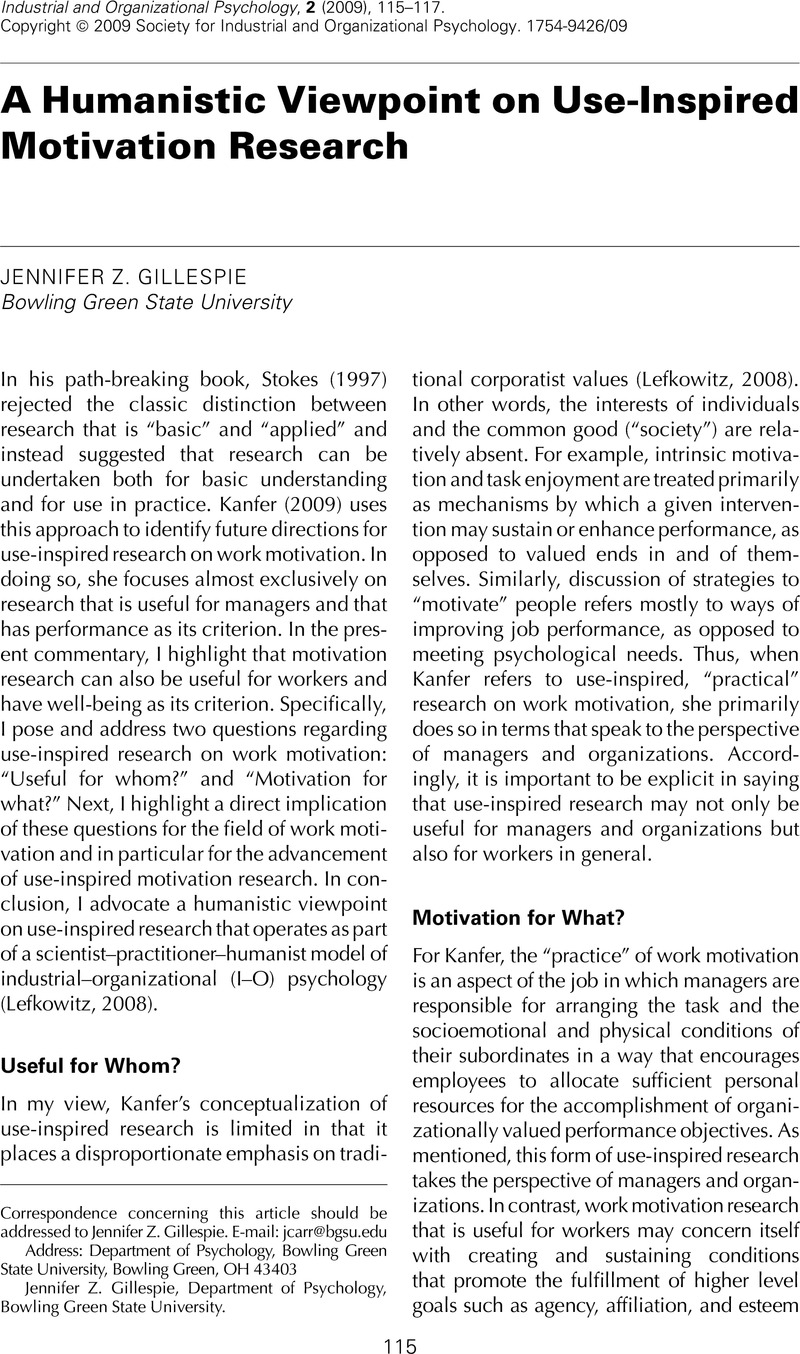Crossref Citations
This article has been cited by the following publications. This list is generated based on data provided by Crossref.
Dominick, Peter G.
and
Gabriel, Allison S.
2009.
Two Sides to the Story: An Interactionist Perspective on Identifying Potential.
Industrial and Organizational Psychology,
Vol. 2,
Issue. 4,
p.
430.
Kanfer, Ruth
2009.
Work Motivation: Advancing Theory and Impact.
Industrial and Organizational Psychology,
Vol. 2,
Issue. 1,
p.
118.



